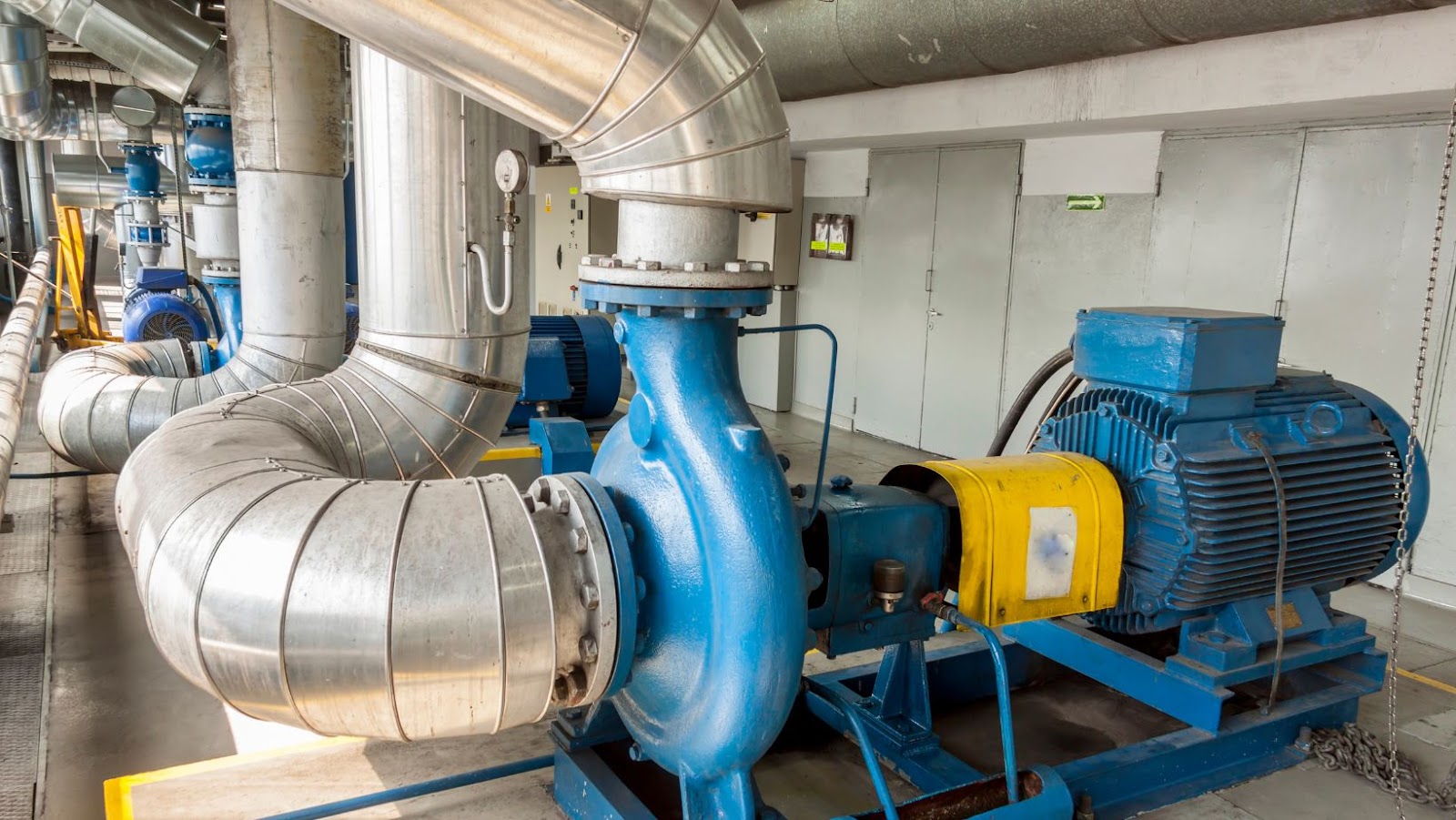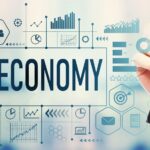If it’s costing you more to fill up your tank with gas, you’re not alone. The global fuel shortage began in the U.S. in January of 2020 when then newly elected President Biden signed executive action severely limiting oil production and, in some cases, shutting down oil pipelines altogether. With the stroke of a pen, a country that was entirely energy independent became dependent on foreign oil sources, all in the name of a Green New Deal.
The lasting effects of the pandemic, combined with the war in Ukraine, have only exacerbated the fuel supply problem on a global scale. With winter fast approaching, home and business heating bills are likely to skyrocket, while some folks might have to make a choice between eating and to heat their homes.
With this in mind, the Biden administration recently demanded that U.S. oil companies up their pumping efforts to boost the U.S. supply. However, the mandates come with caveats, one of them being that new good leases on public lands will not be easily granted, leaving oil companies with no choice but to attempt to tap into old wells that have either dried up or come close to drying up.

Enter the artificial lift, or in this case, electric submersible pumps. Operators of oil pumps have the choice to use several different artificial lift methods to increase the production life of any given well. However, electric submersible pumps (ESPs) are said to “remain the preferred artificial life solution” for maximizing company cash flow and for overall energy production.
Cyclical Nature of Gas and Oil
According to a new article, the cyclical nature of the gas and oil industry has made oil companies anxious while they do their best to respond to “ever-shifting market winds.” While the industry is presently enveloped in a time of skyrocketing commodity prices, significant profits are also being realized.
Yet, what seems like a win/win for oil production companies is tempered by major obstacles and headwinds like ongoing supply chain issues, oilfield material and labor inflation, and what can only be described as a geopolitical mess for which energy companies have little or no control.
Focusing on What Can Be Controlled
Says one oil production expert; when it comes to dealing with the oil and gas industry in 2022 and beyond, the focus should be on what companies can control. At a recent Artificial Lift Conference, industry experts weighed in on what they feel the next decade and a half will look like.
When it comes to the global artificial lift market, things look good, with a projected increase of 8 percent per year through 2025. This is up from $11 billion just two years ago to $14 billion. A substantial leap.
Also, out of progressing cavity pumps, rod lifts, gas lifts, hydraulic pumps, plus the plunger lift markets, ESPs are positioned to see the highest growth over the next three years, jumping from $5 billion to close to $7 billion in 2023 alone.
The Good News
Growth in the oil and gas industry requires a lot of capital. That means tough decisions must be made on where to spend it. According to industry experts, as you consider deploying your capital, you will likely have a list of bad news and good news that you must carefully weigh when it comes to innovating and expanding your technology capabilities.
On the positive side of things, higher oil and gas prices mean higher profits so long as there is strong consumer demand—something that’s inevitable in the cold winter months. States an industry expert, it doesn’t really matter if oil prices are $100 or $120 per barrel. Anything over $65 per barrel is good for business.

Higher prices translate into a “strong demand for everything the industry makes,” including every molecule of oil pumped from the ground, every sucker rod, and every drill bit. Another positive is the innovation and technology that’s currently being developed to help existing technologies produce improved results, resulting in more efficient field operations and a better bottom line.
The Bad News
Bad news comes in the form of “budget exhaustion” and, due to the current political climate, a devastating lack of exploration. Combined with limited access to funds by oilfield service operations and oilfield inflation, pumping more oil has not been an easy task, despite its profitability.
Certainly, domestic oil cannot be pumped on demand under current government regulations and executive actions—problems that are largely self-inflicted, which only adds to the frustration level of both producer and consumer.
























































































